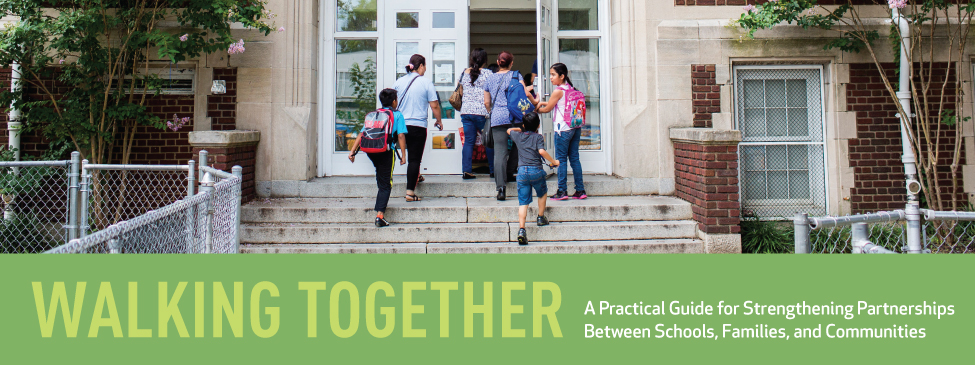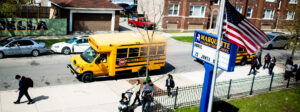Imagine this: A community comes together to set a vision for its public schools. In local libraries, neighborhood associations, school cafeterias, and places of worship, families sit down together and share their hopes and dreams for their children. They think about what schools need to do to better equip students for college, career, entrepreneurship, and service to their communities. They talk about the need for more teachers who reflect their demographics, and translation resources that help family members communicate with teachers and school staff. They contemplate improving access to sports and arts programs. They imagine more college counselors and challenging courses that help students enter college prepared for success.
[subscribe]
Together they talk about what they love about their schools and what they’re worried about. They articulate their long-term vision for success—not just for their school or school system, but also for their young people.
Then, imagine that same community is also involved in the hiring process for a new superintendent or principal. They help ensure that district and school leadership understand their vision and pledge to work alongside them to make it a reality. They ask: What strategies will you use to help us get our schools to where we want them to be? How will you work alongside us? How will we know that our voice is heard in this district and that our schools represent our community? Together they craft a strategic plan that takes advantage of the community’s unique strengths.
That is real, authentic community engagement. I know it’s possible because it is happening in pockets across the country. Now it’s time for all schools, districts, and charter networks to take on this work.
*
Today, we’re releasing Walking Together: A Practical Guide for Strengthening Partnerships Between Schools, Families, and Communities. In it, we’ve pulled together some of what we’ve learned from traveling the country over the last two years, looking at what districts are currently doing to engage their families and communities, and exploring what should be replicated elsewhere and what still needs work.
In Walking Together, you’ll meet Dr. Desmond Blackburn, the superintendent in Brevard County, Florida. Dr. Blackburn tells us why spending five months touring his district and just listening—to parents, teachers, business owners, community leaders and others—was and continues to be an essential piece of his leadership strategy.
You’ll hear the experiences of families of English Language Learners—parents who are eager to engage with their children’s schools but too often find their efforts rebuffed. And you’ll learn about what schools and districts can do to change that dynamic.
[related]
And you’ll be able to download resources to use starting tomorrow: For district leaders, Dr. Blackburn’s tips for launching your own listening tour; for school leaders and teachers, simple (and not-so-simple) steps for making your school more accessible and welcoming for families of English Language Learners; for parents and guardians, starter questions to ask your children’s teachers, principals, and district leaders.
We’re still new to this work. Our goal over these past two years has been to develop our understanding of truly authentic community engagement and build tools to help more schools and districts get there. This is challenging, complex, and deeply rewarding work for everyone involved. And it is absolutely essential. I believe that true partnerships between schools, families, and communities are the key to achieving our shared dream—schools where every child has the opportunity to become the person they want to be.





